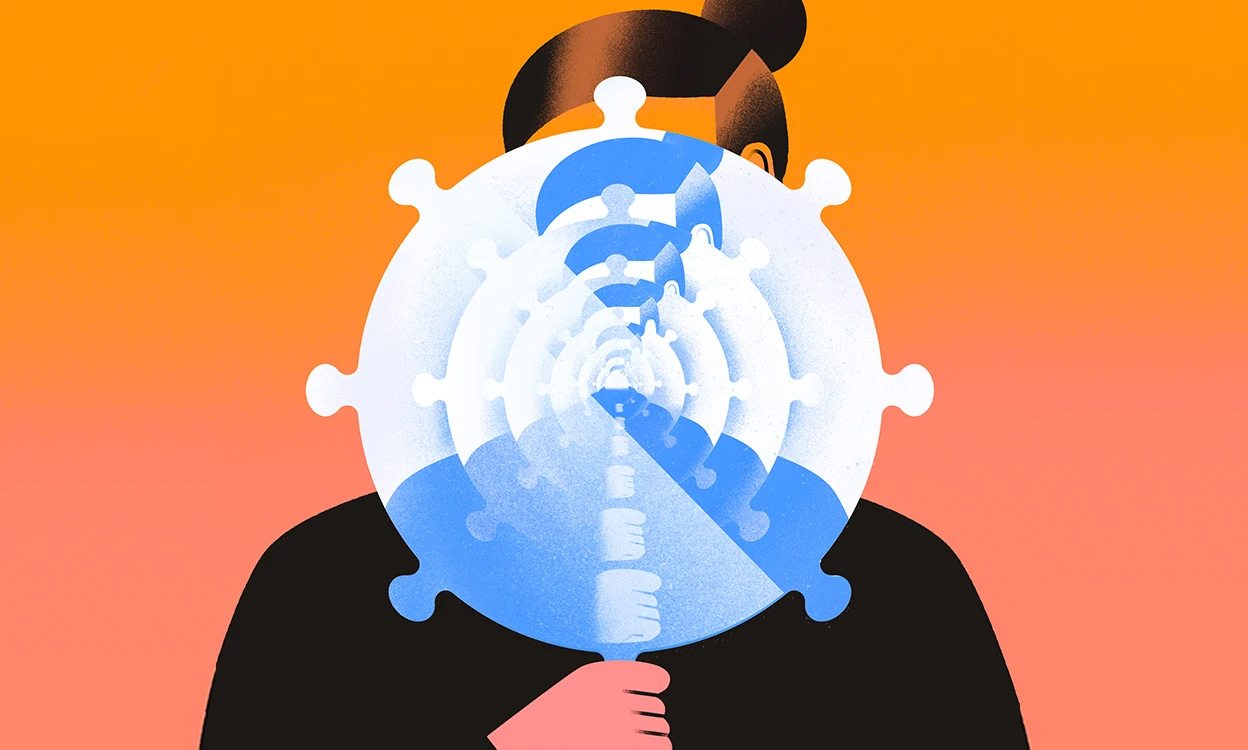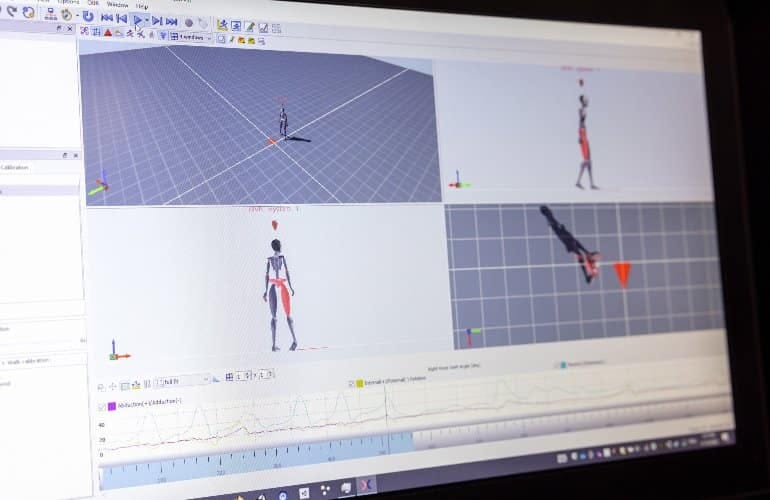Sci-Ed Update 244
Brain wrinkles, stem cells, do artificial sweeteners raise blood glucose over time? and more stories...
Images showing how single cells of the embryo were specifically and systematically converted to red color for this study. Credit: Julian Kimura
A Biological Wonder: Harvard Researchers Discover Embryonic Origins of Adult Pluripotent Stem Cells
In a new study published in the journal Cell researchers in the Department of Organismic and Evolutionary Biology at Harvard University have identified the cellular mechanism and molecular trajectory for the formation of aPSCs in the acoel worm, Hofstenia miamia.
“Our study reveals a set of genes that could be very important controllers for the formation of stem cells,” said Kimura. “Homologues of these genes have important roles in human stem cells and this is relevant across species.“
Read more→ AandP.info/r5f
© istock.com/PatriciaEnciso
Artificial sweeteners can affect your gut bacteria, researchers find
Non-nutritive sweeteners affect human microbiomes and can alter glycemic responses, researchers find; read their study in Cell
Since the late 1800s, non-nutritive sweeteners have promised to deliver all the sweetness of sugar with none of the calories. These sugar replacements have long been believed to have no significant effect on the human body. However, researchers publishing in the journal Cell challenged this notion. They found that some sugar substitutes can alter human microbiomes in a way that can change blood sugar levels.
Read more→ AandP.info/cvu
The everyday stressors of life can lead to worrisome thoughts. PR Image Factory
[Defaulting to worry] is part of our evolutionary history. Its value is evident in the effortless persistence and universality with which it occurs. Mind-body programs like yoga and mindfulness are indicative of the yearning many people have to be in the happier present moment.
Read more→ AandP.info/tpj
SDI PRODUCTIONS
Teaching evaluations reflect—and may perpetuate—academia’s gender biases
Professors in their department’s gender minority receive worse ratings from students, potentially hurting their chances for tenure and promotion
Universities routinely use student teaching evaluations to help make decisions about which faculty members get tenure and promotions. But factors unrelated to teaching performance, such as gender, race, and even attractiveness, can skew these evaluations, potentially exacerbating existing inequities in academia.
Now, a new study suggests an additional source of bias: being in the gender minority of one’s academic department. For example, in upper level courses, women teaching in predominantly male departments tend to fare worse in their student evaluations, according to a study published this week in the Proceedings of the National Academy of Sciences. The same principle applies to men teaching in predominantly female departments, the researchers note, but because women are more often in the gender minority, they are disproportionately affected.
Read more→ AandP.info/k6h
How your first brush with COVID warps your immunity
The immune system responds more strongly to the strain of a virus that it first met, weakening response to other strains. Can this ‘imprinting’ be overcome?
Imprinting was first observed decades ago, in people with influenza. Their immune systems responded to a new circulating strain by producing antibodies tailored to their first flu encounter. In some cases, this led to a poorer ability to fight off the new strain.
A crop of studies is now showing how imprinting is shaping people’s response to SARS-CoV-2. For example, those infected with the earliest strain or with the subsequent Alpha or Beta strains mount varying immune responses to a later Omicron infection, depending on the strain to which they were first exposed.
Read more→ https://aandp.info/az0
Patients’ sensors feed into the motion capture technology. Credit: Thomas Angus/Imperial College London
Wearable Tech and AI Combine to Track Progression of Movement Disorders
Combining new wearable technology and artificial intelligence, researchers are better able to track motion and monitor the progression of movement disorders.
In two ground-breaking studies, published in Nature Medicine, a cross-disciplinary team of AI and clinical researchers have shown that by combining human movement data gathered from wearable tech with a powerful new medical AI technology they are able to identify clear movement patterns, predict future disease progression and significantly increase the efficiency of clinical trials in two very different rare disorders, Duchenne muscular dystrophy (DMD) and Friedreich’s ataxia (FA).
Read more→ AandP.info/ow5
Age-related decline in skeletal muscle function, such as muscle strength and endurance, can result in reduced quality of life. Image is in the public domain
How Exercise Might Mitigate Age-Related Decline in Skeletal Muscle Structure and Function
Study reveals exercise is associated with myonuclear remodeling and may contribute to the protective effects of exercise on muscle function throughout the lifespan.
Strikingly, they found that myonuclei – commonly referred to as the ‘control centre’ of muscle fibres – were more spherical, less deformable, and contained more of a protein called lamin A than untrained individuals.
Writing in the Journal of Physiology, they concluded that exercise is associated with myonuclear remodelling, which is preserved in older people, and may contribute to the protective effects of exercise on muscle function throughout the lifespan.
Read more→ AandP.info/73r
It’s the captioned audiogram of the latest episode! (Sponsored by AAA)
To read along as you listen to this episode, click on the player (if present) or this link→ theAPprofessor.org/podcast-episode-131.html
(Jonathan Kitchen/Getty Images)
Some People's Brains Are Wrinklier Than Others, And Now We Know Why
Into peaks called gyri and fissures called sulci, the outermost layer of brain tissue is folded so that reams of it can be squeezed into the skull, and it's here, on the brain's wrinkly surface, that memory, thinking, learning, and reasoning all happens.
This folding, or gyrification, is crucial for proper brain function and circuitry – and is said to be why humans have greater cognitive abilities than apes and elephants, whose brains have some folds, and rats and mice, whose smoothed-surfaced brains have none.
Now, a team of scientists has discovered why some people have more brain folds than others, in a condition that affects normal brain development called polymicrogyria (PMG).
KP: I always take a moment to discuss brain wrinkles with my A&P students. There’s even an online in-depth article in my textbooks demonstrating them. So yeah, any time I hear news about brain wrinkles, I see it as an opportunity to enrich my background on this story that engages the curiosity of my students.
Read more→ AandP.info/tw2










